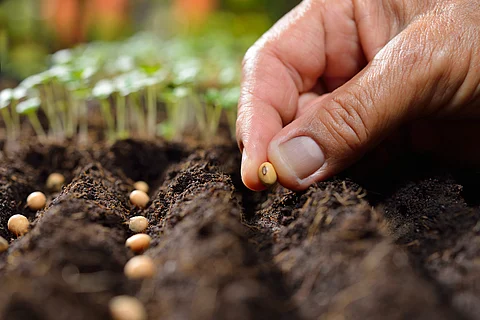

Almost three decades after the first National Gene Bank was set up in India, the establishment of a second such bank comprising a million germplasm lines was announced by Union Finance Minister Nirmala Sitharaman today, on February 1, as part of the Union Budget 2025-26.
This bank will be “set up for future food and nutritional security" and provide conservation support to both public and private sectors for genetic resources, Sitharaman stated in her Budget speech.
A gene bank is a repository of genetic material, such as seeds, pollen or tissue samples, collected from different plant species in order to protect them from potential extinction and preserve vital varieties for future generations.
India's first gene bank was set up in 1996 by the Indian Council of Agricultural Research-National Bureau of Plant Genetic Resources (ICAR-NBPGR) in New Delhi. This bank is comprised of 12 regional stations across the country for collection and storage of vital crop germplasms. These germplasms are the genetic constituents of plants or animals that is used in research, conservation and crop breeding.
As on January 15, 2025, the bank currently stores 0.47 million accessions (plant material stored and used for breeding) — according to the database maintained by ICAR-NBPGR. These include cereals (0.17 million accessions), millets (more than 60,600 accessions), legumes (over 69,200 accessions), oilseeds (more than 63,500 accessions) and vegetables (nearly 30,000 accessions).
While the finance minister has highlighted the importance of the second gene bank for food and nutritional security, experts raise concerns on the proposed setup.
“What they have said in the budget is for both the public and private sector. The crop germplasm or biodiversity found in India is the property of the people, not the government. While it is a laudable goal to think of conserving germplasm, I do not see the role of the private sector,” Suman Sahai, founder-chairperson of Gene Campaign, a Delhi-based research and advocacy organisation that works on food and livelihood security of rural and tribal communities, told Down To Earth (DTE).
“The private sector, if it does collect germplasm, should deposit it in the national gene bank. Over the last few years, there has been a tussle for access to germplasm, to resolve which issues around ownership, intellectual property rights and payments need to be addressed,” Sahai told DTE.